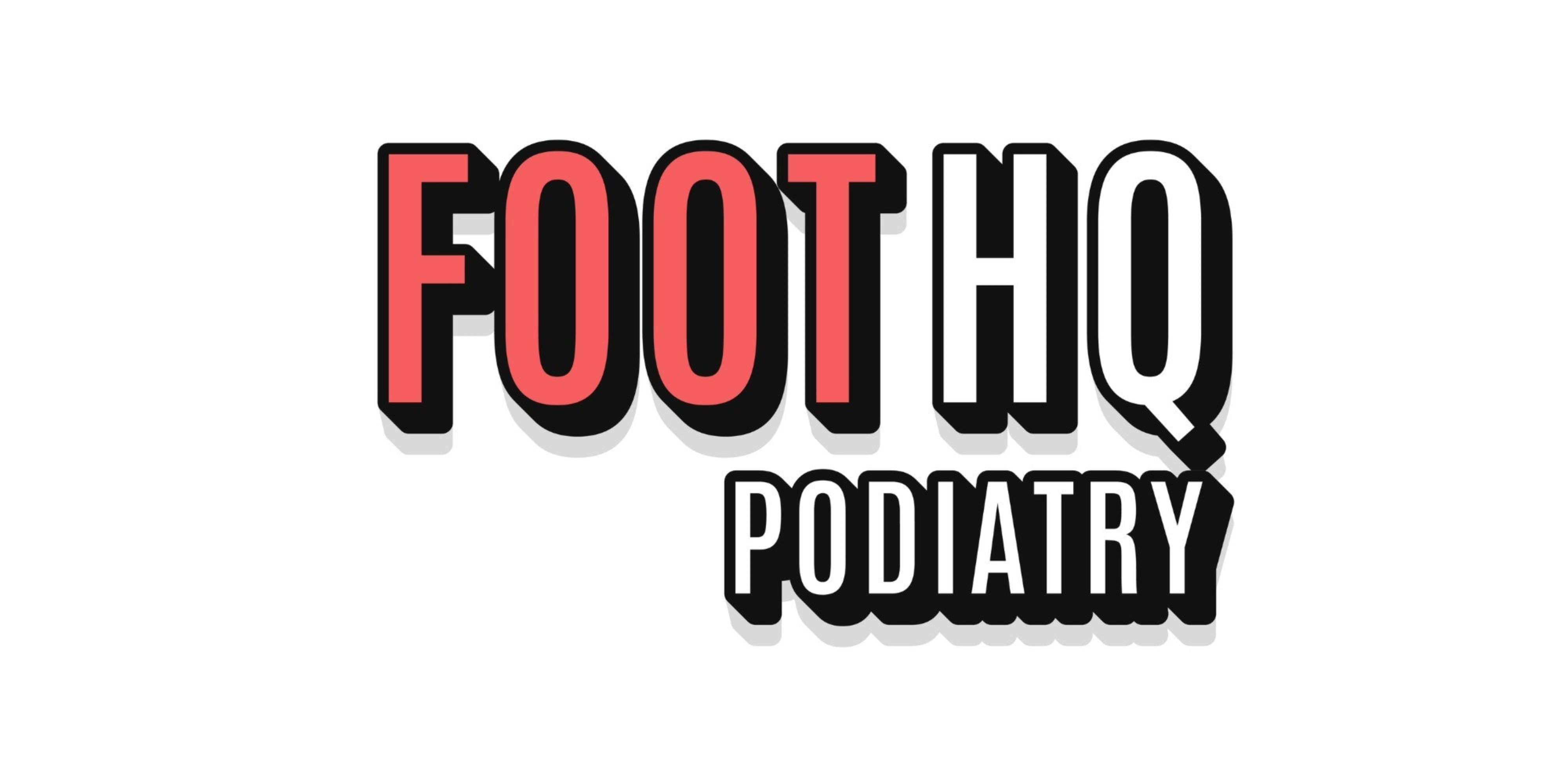Are you an avid runner who's been plagued by persistent heel pain? You're not alone. Heel pain is a common complaint among runners, but the good news is that modern advancements in podiatry and running technology have given us more effective ways to tackle this issue. In this blog post, we'll explore how runners are addressing heel pain in today's world, blending expert insights from a podiatrist with practical advice for every runner.
1. Proper Footwear Selection: One of the most crucial aspects of preventing and managing heel pain is choosing the right running shoes. Today's running shoe market offers a vast array of options, each designed to cater to specific needs. Consult with a knowledgeable podiatrist or shoe specialist to find the perfect fit for your foot type and gait. Many runners are switching to shoes with added cushioning and support in the heel area to alleviate pain and prevent future injuries.
2. Custom Orthotics: Modern podiatry has embraced customisation like never before. Custom orthotics, specially crafted to support your unique foot structure, are becoming increasingly popular among runners. These orthotic insoles provide superior arch support and shock absorption, helping to distribute the impact evenly and reduce heel pain during runs.
3. Stretching and Strengthening Exercises: Incorporating regular stretching and strengthening exercises into your running routine can work wonders for heel pain. Targeted stretches for the calf and Achilles tendon, as well as exercises to improve foot and ankle strength, can help alleviate tension and reduce the risk of pain. Podiatrists often recommend exercises like toe curls and calf raises to strengthen the muscles in the feet and lower legs.
4. Injury Prevention Techniques: Runners today are more proactive about injury prevention. Many are turning to techniques like foam rolling, massage therapy, and regular visits to a podiatrist for gait analysis to identify and address potential issues before they lead to heel pain or other injuries.
5. Biomechanical Assessments: Understanding your own biomechanics is a game-changer. With the help of advanced technologies, podiatrists can perform detailed gait analyses to identify irregularities that may be contributing to heel pain. This information allows for personalised recommendations and interventions, such as adjusting running form or prescribing orthotics tailored to your specific needs.
6. Rest and Recovery: Lastly, runners today are recognising the importance of rest and recovery. Pushing through heel pain is no longer considered a badge of honour. Resting when needed and listening to your body can prevent minor issues from turning into chronic conditions.
In conclusion, runners are taking heel pain seriously in today's day and age. By utilising proper footwear, custom orthotics, exercises, injury prevention techniques, biomechanical assessments, and embracing the importance of rest, runners can effectively manage and prevent heel pain. Remember, it's crucial to consult with a podiatrist for personalised guidance to ensure you're on the right track to pain-free running. Happy, pain-free running awaits you!



Share:
Why Do Podiatrists Prescribe Supramalleolar Orthotics (SMO)?
Breathing Easy: How Smoke Inhalation, Asthma, and Foot Health Are Connected